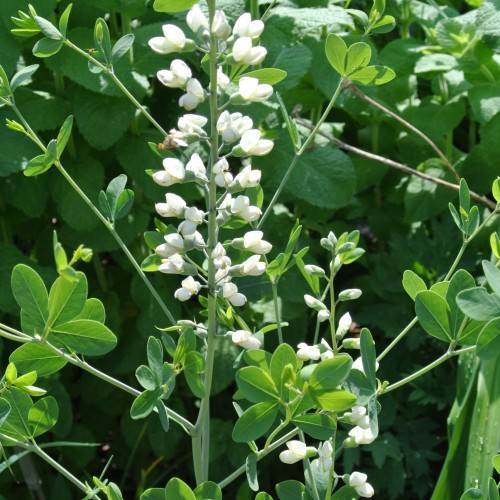
Largeleaf Wild Indigo
Baptisia lactea var. lactea
Watering:
Average
Hardiness Zone:
Sun:
Sun
Soil:
Loam
Leaf:
Yes
Growth Rate:
Low
Drought Tolerant:
Yes
Care Level:
Medium
watering
Arrowleaf Balsamroot prefers dry, sandy to gravely soils and does not require frequent watering. During the germination and early development stage, the soil should be kept moist, but avoid overwatering. During the summer months, water deeply once a week, allowing the soil to dry out a bit between waterings. If this species is grown in an especially hot environment, it may require more frequent, light waterings.
sunlight
Arrowleaf Balsamroot, also known as Balsamorhiza sagittata, does best when grown in full sun. This plant species needs at least 6 hours of sunlight each day, ideally with the sunlight coming directly from the sky rather than behind a glass window, in order for it to thrive. In areas where the summers are hot, the plant will benefit from light shade in the late afternoon. It is important, however, that the plant still receives plenty of direct sunlight throughout the day in order to allow it to photosynthesise efficiently. Additionally, it is good to keep in mind that too much sunlight can cause the leaves of the balsamroot to turn yellow or brown and need to be kept in the shade for short periods of time.
pruning
Arrowleaf Balsamroot should be pruned once a year in late winter or early spring, just before growth begins. Pruning of old, dead, and damaged wood should occur prior to new growth. Prune by selectively removing up to 1-third of the stems near the ground, leaving only the healthiest and strongest looking stems. This will help the plant fill out by encouraging shorter and more robust stems. It is also important to keep the center of the plant open for air circulation and light.
